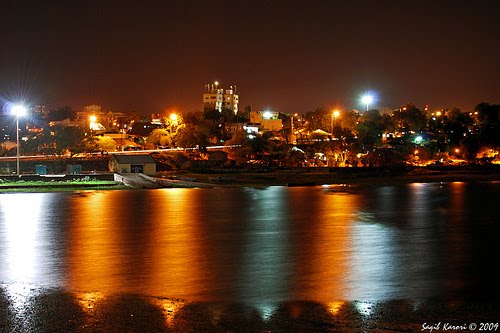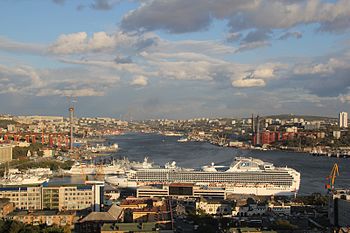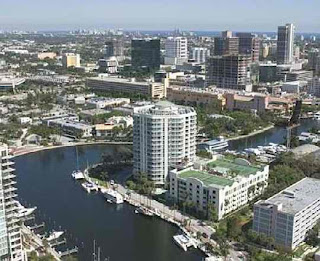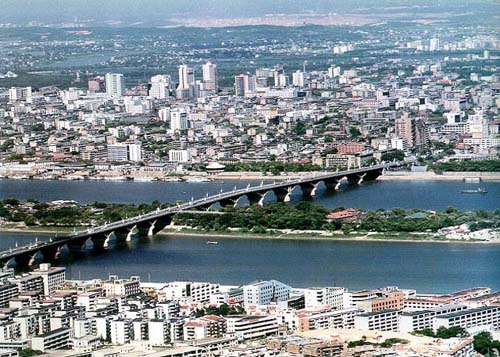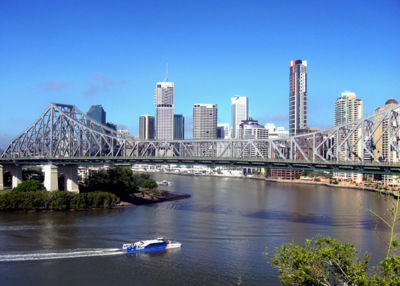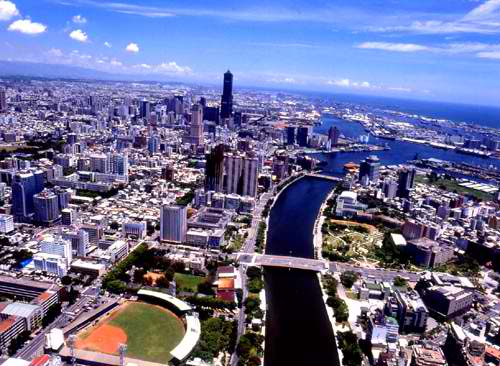 |
| @1: Sao Paolo |
 |
| #2: Rio de Janeiro |
"Online City Postcard & Magazine"
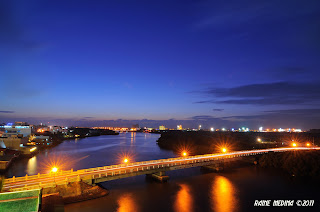
Cities have always been the natural economic units of theworld. But in the past several decades, what we once thought of as separatecities ?with central cores surrounded by rural villages, or later bysuburbs ?have grown into "megaregions" composed of two or morecities, like the Boston-New York-Washington corridor. Richard Florida of www.bnet.com

The geographical location of this city makes this city a central place to be a major participant in the country's overall economic and financial portfolio. There are too many attractions in this historical city but the Bouskoura forest is the only natural attraction in the city. Not only this but there is so many other things to do and places to visit while having a family trip or a business tour to this attraction of Morocco. You can find a lot of foreign tourists in Casablanca and if you are traveling from London, you can easily book your cheap flights to Casablanca from London.- Allen Ross
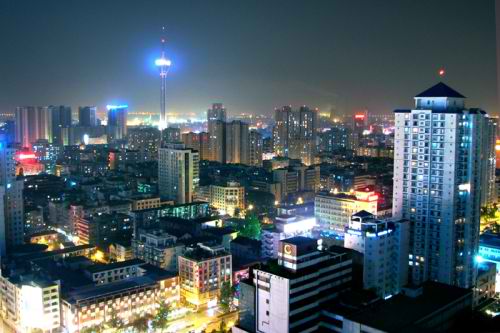
A city usually consists of residential, industrial and business areas together with administrative functions which may relate to a wider geographical area. A large share of a city's area is generally taken up by houses, roads, and streets. Lakes and rivers may be the only undeveloped areas within the city. - www.knowledgerush.com

In a big city, people have the best chance to study and work. There are many good universities to choose from in a big city. Moreover, when you graduate, you also find it easier to find opportunities to get a good job with a good salary. That is quite difficult in small cities or countrysides, where there are not as many many big companies and groups. Hence, many graduate students choose big cities to live and work. In short, it is where you can take advantage of a city's benefits for yourself.
 |
| @1: Sao Paolo |
 |
| #2: Rio de Janeiro |
 The City of Bacolod (Filipino: Lungsod ng Bacólod), is a highly urbanized midsize Philippine city. It is the capital of the province of Negros Occidental. Having a total of 499,497 inhabitants as of August 1, 2007, it is the most populous city in the Western Visayas Region.
The City of Bacolod (Filipino: Lungsod ng Bacólod), is a highly urbanized midsize Philippine city. It is the capital of the province of Negros Occidental. Having a total of 499,497 inhabitants as of August 1, 2007, it is the most populous city in the Western Visayas Region. |
| Aerial View of Makassar City in Indonesia |
METRO MANILA / NCR :
|
LUZON:
|
1. Caloocan
2. Las Pinas
3. Makati
4. Malabon
5. Mandaluyong
6. Manila
7. Marikina
8. Muntinlupa
9. Navotas
10. Paranaque
11. Pasay
12. Pasig
13. San Juan
14. Quezon
15. Taguig
16. Valenzuela
Based on NSO CY 2007
| 1. Angeles 2. Baguio 3. Lucena 4. Olongapo 5. Puerto Princesa |
VISAYAS:
| |
1. Bacolod
2. Cebu
3. Iloilo
4. Lapu-lapu
5. Mandaue
6. Tacloban
| |
MINDANAO:
| |
1. Butuan
2. Cagayan de Oro
3. Davao
4. General Santos
5. Iligan
6. Zamboanga
|
 Iloilo [/,e-la-we(,)lo] City lies on the south coast of Panay Island in central Philippines. It was made the capital of Iloilo Province in 1673 and a city in 1890. Centuries before Ferdinand Magellan received formal education in Portugal, inhabitants of the city had been trading with Chinese, Arab, Persian and Indian merchants.
Iloilo [/,e-la-we(,)lo] City lies on the south coast of Panay Island in central Philippines. It was made the capital of Iloilo Province in 1673 and a city in 1890. Centuries before Ferdinand Magellan received formal education in Portugal, inhabitants of the city had been trading with Chinese, Arab, Persian and Indian merchants. The great conflagration of February 1966 which burned a vast portion of the City Proper paved the way for a successful redistricting of the city.
The great conflagration of February 1966 which burned a vast portion of the City Proper paved the way for a successful redistricting of the city. 

